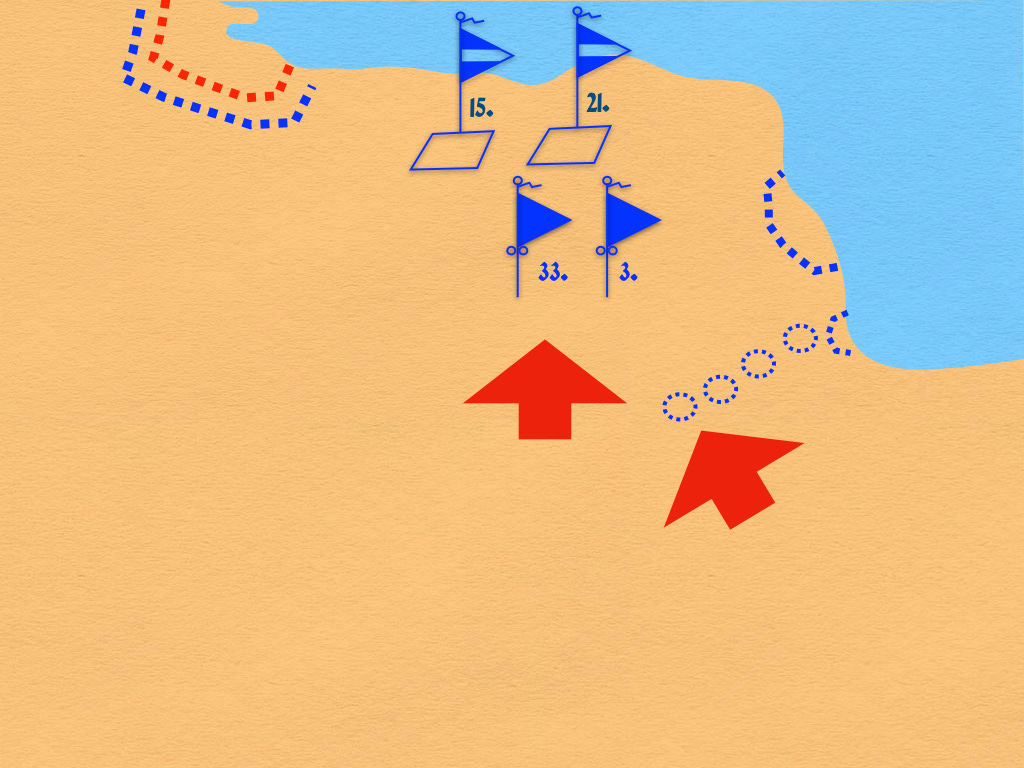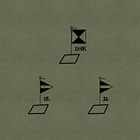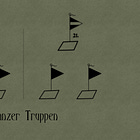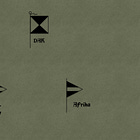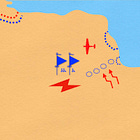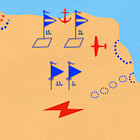Cassandra's Case (Fifth Problem)
A Decision-Forcing Case
This post forms part of a decision-forcing case. Thus, you will probably want to read the introductory material and work through the four previous problems in the series before tackling the conundrum posed in this post.
Background
Previous Problems
Historical Solution to the Fourth Problem
At 1800 (or so) on 18 November 1941, you instruct the 15th Armored Division, which had been busy with preparations for the attack on Tobruk, to prepare for deployment to the open desert.
Soon thereafter, you inform the commanding general of the 21st Armored Division that you have no objections to his plan to attack the flank of the British tanks located by the two reconnaissance battalions. (Both of you realize, however, that the decision to employ the 21st Armored Division in this way rests with General Rommel.)
At 1900, you make a telephone call to General Rommel. You inform him of the reports you have received, your estimate of the situation, and the decisions you have made.
General Rommel refuses to approve the plan to send the 21st Armored Division into action. Likewise, he tells you to cancel the warning order you have given the 15th Armored Division.
At 2000, you report to General Rommel in person. After you have made your case, he explains that he is putting his trust in the reports of the radio intercept service and the aerial photographs taken before the start of the heavy rain three days ago.
You salute smartly and return to your headquarters.
Fifth Problem
General Crüwell, what do you do?



